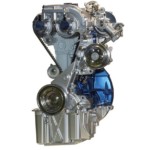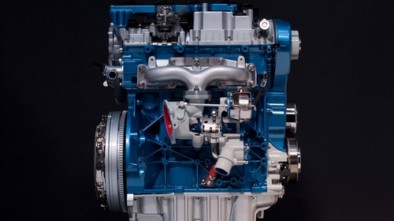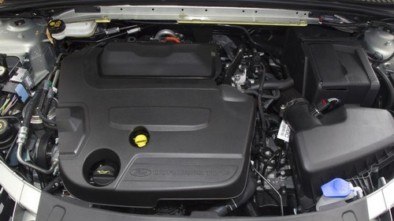Ford S-Max (2006 - 2015) - Used vehicle, experience

Ford S-Max
Benefits
- certainty
- Undercarriage
- Spaciousness
Mane
- Turbocharger and Tube Problems
- Manual transmission
- Power steering hydraulics
- Errors with parking sensors
- Corrosion on load-bearing parts
- Initial model-errors with alarm
- Trunk lock problems
- Difficulty opening the bonnet from the interior
Ford S-Max experiences
The Ford S-Max comes on the market in 2006 as an MPV and with a certain dose of sporting thrill. It stands out with its crisp design, good steering and strong motors. It is very practical with an extra two seats in the third row and a flat boot, which allows for easier luggage entry. For the five-door model, the luggage compartment volume is 625 liters and when the rear seats are lowered the volume increases to a whopping 2100 liters.
If you are not impressed by the sporty look and want more interior space, you may still opt for the Ford Galaxy with which the S-Max shares many components.
In 2010, the S-Max was redesigned, receiving LED taillights, new engines, a stylish tailgate and a new grille on the front.
Critics praised its spacious interior, seat comfort, travel safety, and standard equipment including: ABS, stability control, front airbags, driver's knee airbag, first and second row shoulder and head airbags, and side airbags. At the Euro NCAP crash test, the Ford S-Max scored the highest mark.
The choice of engines is large, gasoline engines are generally four-cylinder. The most cost-effective is the 2.0hp 145 gasoline engine. From the gasoline can choose 2.3 liters with 161 hp and five-cylinder 2.5 liters with turbochargers and 220 hp. The diesel engines to choose from are: 1.8 TDCi with 125bhp, but the better choice is the 2.0-liter 140hp diesel with 6.4 liters / 100km. The newer 2.2-liter 175hp TDCi diesel engine offers 6.6 liters per 100 kilometers. All models come with a six-speed manual transmission, only the 2.0 petrol engine comes with a five-speed manual transmission. The automatic transmission is available in 2.3 and 2.0 TDCi models. In 2010, Ford introduced a 2.0-liter petrol Ecoboost engine with good power sharing and comfortable driving.
Regarding fault statistics, the 2006 and 2007 models were not very satisfying. There was a loosening and slipping of the Turbo Tube and problems with the turbocharger. 2.5 liter gasoline engines are often a problem with the timing belt clamp, so replacement is recommended.
Manual transmission may have problems with first gear and reverse gears. Power steering steering hydraulics are also common problems. There is also no special place for a spare tire.
Drivers also complained about the leakage of the panoramic roof, errors with parking sensors, alarms and lighting. Corrosion occurs only on load-bearing parts.
Retrieved from: auto-mane.com
Recommendation of similar texts:

Hi there, I am Mladen and I am an auto enthusiast. I started this blog years ago to help like minded people share information about latest cars, car servicing ideas, used car info, exotic cars, and auto technology. You will find helpful articles and videos on a wide variety of cars - Audi, Mercedes, Toyota, Porsche, Volvo, BMW and much more. Ping us if you have anything cool to share on latest cars or on how to make older cars more efficient, or just want to say hi!








